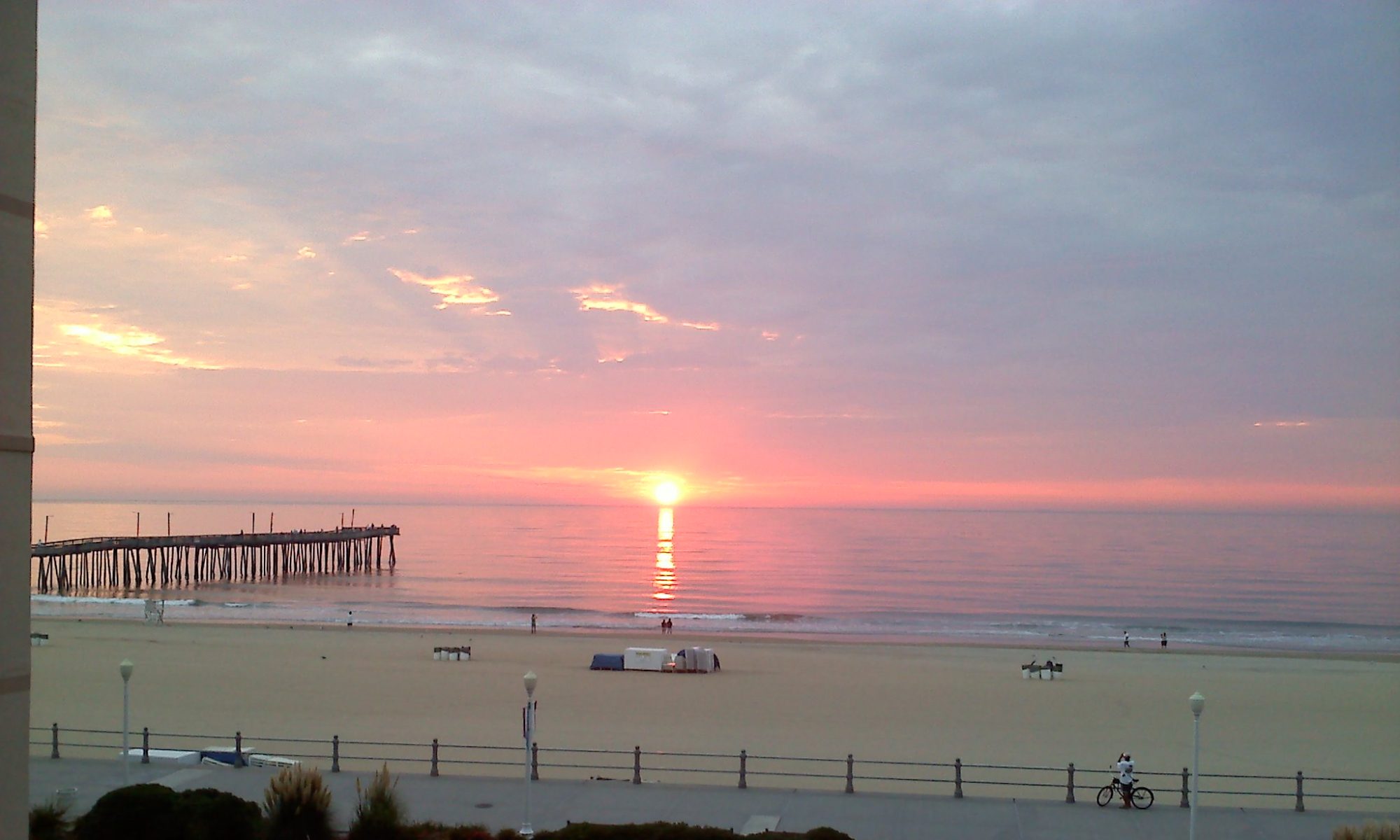There are a lot of reasons swimming is not the world most popular form of cardio. It’s expensive (hell, I got a part time job at a gym just so I could use the facilities instead of having to pay out of pocket for them!), it’s time-consuming (you won’t get a good swim in for under an hour, what with the getting to the gym, changing, showering, etc.), and it’s difficult.
Yes, difficult. If you come to me bragging about how your father tossed you in the water when you were five and now you’re like a fish, I’ll laugh at you. You probably don’t have the technique down to swim laps comfortably or effectively.
That last seems to be the biggest sticking point. I’m trying to think of cardio that’s more technique-based than swimming and frankly I can’t! Though I’m sure a Helpful Reader will point one out.
No-one would say that I’m a poor swimmer – prolly not even those Total Immersion folks. But there are still techniques I don’t have down, even averaging three miles a week.
I’ve decided I’m spending the summer becoming fluid with bilateral breathing. When doing the crawl[1] I usually breathe on every fourth stroke. That’s always breathing to the right for me. It’s lousy technique. And it occurs to me that if I’m swimming a mile a week[2] with bad technique, then I’m practicing bad swimming.
So now I’m forcing myself to breathe every third stroke and switch sides every single time. I’m clumsy as hell in the water right now and feeling like a dork for waiting as long as I have to force myself to use proper technique. As a martial artist, I should know better.
Martial artists are usually cautioned in one way or another not to train their non-dominant side to be stupid. You’re constantly drilling so you can lead equally well with your dominant or non-dominant limbs.
When I go to Virginia Beach this summer, I want to try to swim from the pier at 14th Street down to Rudee Inlet[3]. Open water swimmers really should be good a bi-lateral breathing so they can compensate comfortably for surf conditions, current and that sort of thing.
[1] The stroke isn’t freestyle, it’s the crawl. Most people use that stroke in freestyle events because you want to use the fastest stroke possible in said event, and the crawl is fast.
[2] I break up my laps with three different strokes to use different muscle groups and try to avoid a rotator cuff injury.
[3] The challenge won’t be the distance. I swim farther than that every workout. It’s the fact it’s open water. Very different from a pool!
